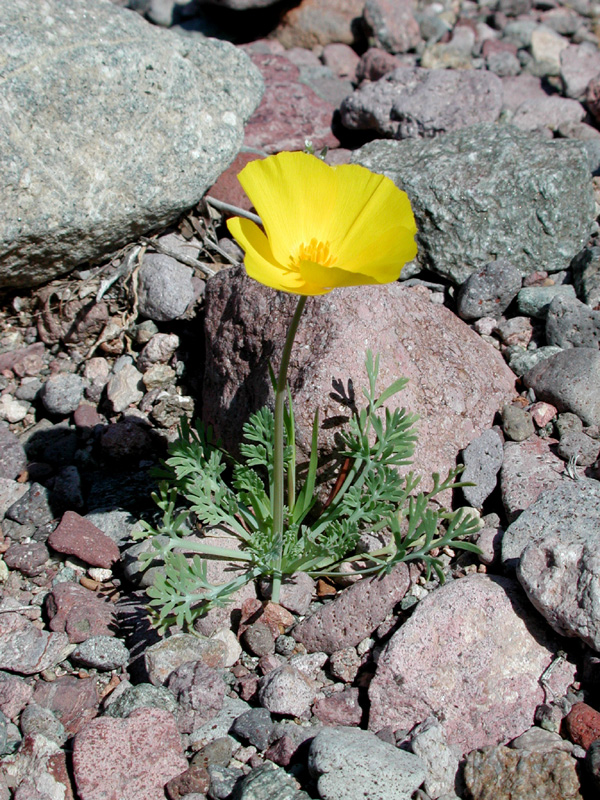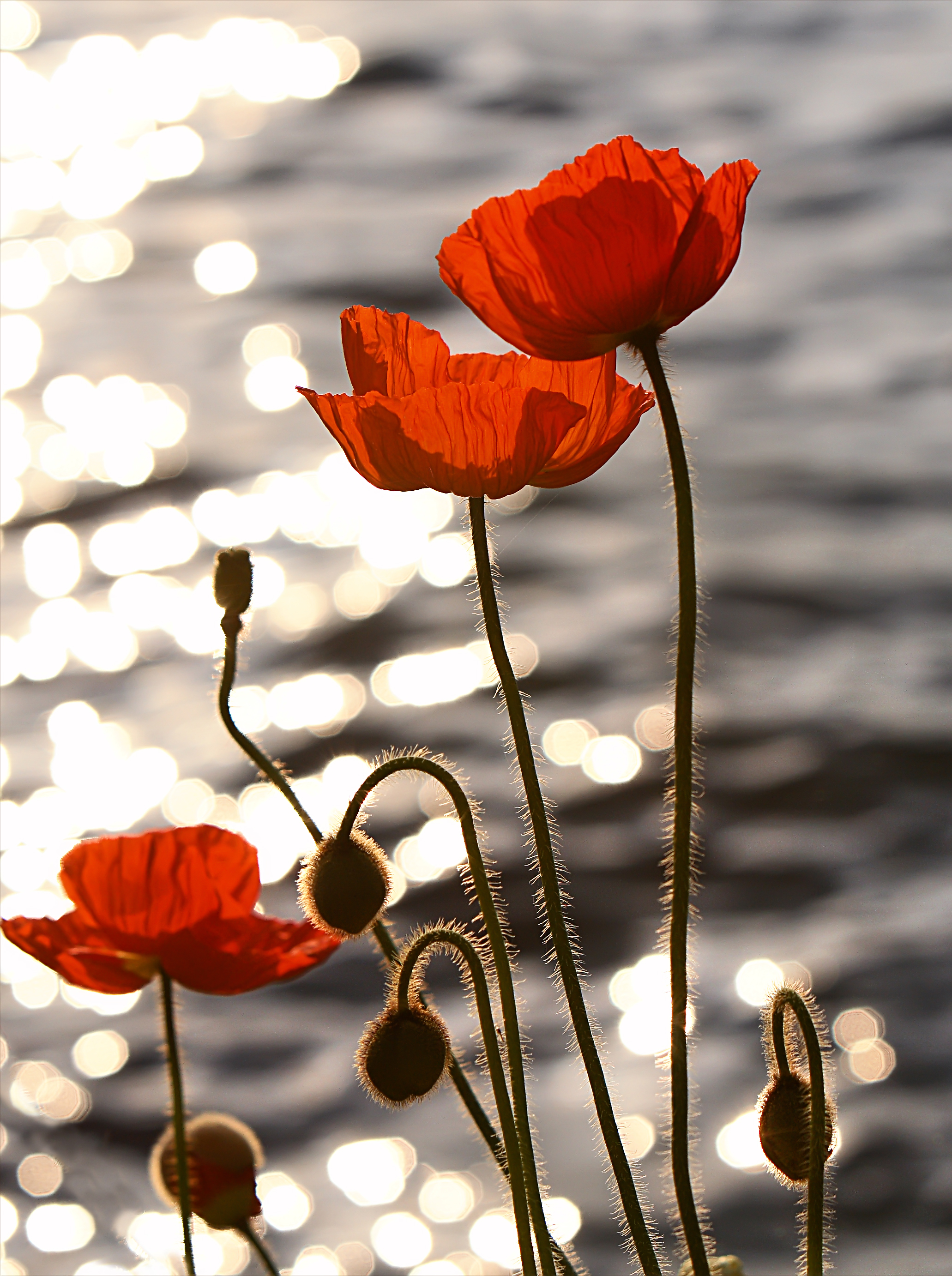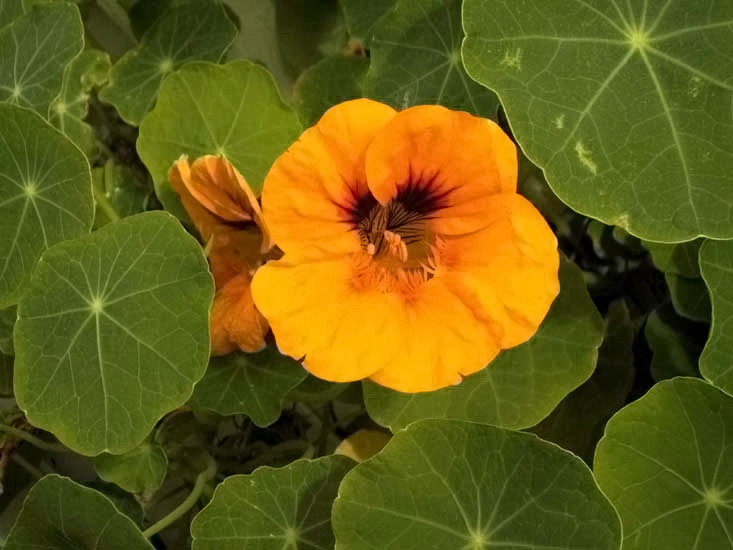|
Theodosia Burr Shepherd
Theodosia Burr Shepherd (October 14, 1845, Keosauqua, Iowa – September 6, 1906, Ventura, California) was an American botanist, horticulturist and pioneer in plant breeding. Called the "Flower Wizard of California," and "The Pioneer Seed-grower," Shepherd was the first woman in California, and possibly the first woman in the United States, to hybridize flowers. The Theodosia B. Shepherd Company, her seed and bulb business, is considered to be the foundation of California's seed industry. She was compared favorably to Luther Burbank. The location of her former garden is listed as number 34 in the City of Ventura Historic Landmarks and Districts. Early life Theodosia Burr Hall was born in Keosauqua, a settlement in the Iowa Territory, on October 14, 1845. Her parents were Augustus Hall and Ellen P. (Lee) Hall. In 1854, Augustus Hall was elected as the Democratic candidate to Congress in the First District. In 1857, he became a Chief Justice of the Nebraska Territory. Theod ... [...More Info...] [...Related Items...] OR: [Wikipedia] [Google] [Baidu] |
Keosauqua, Iowa
Keosauqua ( ) is a city in Van Buren County, Iowa, United States. The population was 936 at the time of the 2020 census. It is the county seat of Van Buren County. History Keosauqua was laid out in 1839. The word Keosauqua derives from the Meskwaki and Sauk name for the Des Moines River, "Ke-o-saw-qua", which literally translates as "Bend in the River". The Hotel Manning, a three-story relic from the Des Moines River's steamboat days, is Keosauqua's most notable landmark. Its unique Steamboat Gothic architecture mimics riverboats of the mid-1800s. The hotel was placed on the National Register of Historic Places in April 1973. Also located in Keosauqua are many other notable historic sites. The 1847 Pearson House was a stop on the underground railroad. The Van Buren County Courthouse, built in 1843 in the Greek Revival style, is the oldest in continuous use in the state, and second-oldest in the United States. It is also on the National Register of Historic Places. The ... [...More Info...] [...Related Items...] OR: [Wikipedia] [Google] [Baidu] |
Bellevue, Nebraska
Bellevue ( French for "beautiful view"; previously named Belleview) is a suburban city in Sarpy County, Nebraska, United States. It is part of the Omaha–Council Bluffs metropolitan area, and had a population of 64,176 as of the 2020 Census, making it the third-largest city in Nebraska, behind Omaha and Lincoln, and the second largest city in the U.S. named "Bellevue," behind Bellevue, Washington. Originally settled by European Americans in the 1830s, Bellevue was incorporated in 1855 and is the oldest continuous town in Nebraska. It has been credited by the Nebraska State Legislature as being the state's second-oldest settlement; previously it served as the seat of government in Nebraska. Geography Bellevue is located at an elevation of 1159 ft (353 m). According to the United States Census Bureau, the city has a total area of , of which is land and is water. It is bounded on the east by the Missouri River. History Bellevue was originally founded as a trading pos ... [...More Info...] [...Related Items...] OR: [Wikipedia] [Google] [Baidu] |
Eschscholzia Californica
''Eschscholzia californica'', the California poppy, golden poppy, California sunlight or cup of gold, is a species of flowering plant in the family Papaveraceae, native to the United States and Mexico. It is cultivated as an ornamental plant flowering in summer (spring in southern Australia), with showy cup-shaped flowers in brilliant shades of red, orange and yellow (occasionally pink and white). It is also used as food or a garnish. It became the official state flower of California in 1903. Description California Poppy is a perennial or annual plant growing to tall with alternately branching glaucous blue-green foliage. The leaves are alternately divided into round, lobed segments. The flowers are solitary on long stems, silky-textured, with four petals, each petal long and broad; flower color ranges through yellow, orange and red (with some pinks). Flowering occurs from February to September in the northern hemisphere (spring, summer, fall). The petals close at night ... [...More Info...] [...Related Items...] OR: [Wikipedia] [Google] [Baidu] |
Ipomoea Tricolor
''Ipomoea tricolor'', the Mexican morning glory or just morning glory, is a species of flowering plant in the family Convolvulaceae, native to the New World tropics, and widely cultivated and naturalised elsewhere. It is an herbaceous annual or perennial twining liana growing to tall. The leaves are spirally arranged, long with a long petiole. The flowers are trumpet-shaped, in diameter, most commonly blue with a white to golden yellow centre. Cultivation and uses In cultivation, the species is very commonly grown misnamed as ''Ipomoea violacea'', actually a different, though related, species. ''I. tricolor'' does not tolerate temperatures below , and so in temperate regions is usually grown as an annual. It is in any case a relatively short-lived plant. It prefers a warm, sheltered, sunny position such as a south- or west-facing wall. Ingesting any part of the plant may cause discomfort. Numerous cultivars of ''I. tricolor'' with different flower colours have been selecte ... [...More Info...] [...Related Items...] OR: [Wikipedia] [Google] [Baidu] |
Poppy
A poppy is a flowering plant in the subfamily Papaveroideae of the family Papaveraceae. Poppies are herbaceous plants, often grown for their colourful flowers. One species of poppy, ''Papaver somniferum'', is the source of the narcotic drug opium which contains powerful medicinal alkaloids such as morphine and has been used since ancient times as an analgesic and narcotic medicine, medicinal and recreational drug. It also produces Poppy seed, edible seeds. Following the trench warfare in the poppy fields of Flanders, Belgium during World War I, poppies have become a symbol of Remembrance Day, remembrance of soldiers who have died during wartime, especially in the UK, Canada, Australia, New Zealand and other Commonwealth realms. Description Poppies are herbaceous plant, herbaceous Annual plant, annual, Biennial plant, biennial or short-lived Perennial plant, perennial plants. Some species are monocarpic, dying after flowering. Poppies can be over a metre tall with flowers up to 1 ... [...More Info...] [...Related Items...] OR: [Wikipedia] [Google] [Baidu] |
Petunia
''Petunia'' is genus of 20 species of flowering plants of South American origin. The popular flower of the same name derived its epithet from the French, which took the word ''petun'', meaning "tobacco," from a Tupi–Guarani language. A tender perennial, most of the varieties seen in gardens are hybrids ( ''Petunia'' × ''atkinsiana'', also known as ''Petunia'' × ''hybrida''). Taxonomy ''Petunia'' is a genus in the family Solanaceae, subfamily Petunioideae. Well known members of Solanaceae in other subfamilies include tobacco (subfamily Nicotianoideae), and the cape gooseberry, tomato, potato, deadly nightshade and chili pepper (subfamily Solanoideae). Some botanists place the plants of the genus '' Calibrachoa'' in the genus ''Petunia'', but this is not accepted by others. ''Petchoa'' is a hybrid genus derived from crossing ''Calibrachoa'' and ''Petunia''. Species Species include: Ecology Petunias are generally insect pollinated, with the exception of '' P. exserta'', w ... [...More Info...] [...Related Items...] OR: [Wikipedia] [Google] [Baidu] |
Tropaeolum
''Tropaeolum'' , commonly known as nasturtium (; literally "nose-twister" or "nose-tweaker"), is a genus of roughly 80 species of annual and perennial herbaceous flowering plants. It was named by Carl Linnaeus in his book ''Species Plantarum'', and is the only genus in the family Tropaeolaceae. The nasturtiums received their common name because they produce an oil similar to that of watercress (''Nasturtium officinale''). The genus ''Tropaeolum'', native to South and Central America, includes several very popular garden plants, the most common being '' T. majus'', '' T. peregrinum'' and '' T. speciosum''. One of the hardiest species is '' T. polyphyllum'' from Chile, the perennial roots of which can survive the winter underground at elevations of . Plants in this genus have showy, often intensely bright flowers and rounded, peltate (shield-shaped) leaves with the petiole in the centre. The flowers are bisexual and zygomorphic, with five petals, a superior three-carpelled ov ... [...More Info...] [...Related Items...] OR: [Wikipedia] [Google] [Baidu] |
Cosmos
The cosmos (, ) is another name for the Universe. Using the word ''cosmos'' implies viewing the universe as a complex and orderly system or entity. The cosmos, and understandings of the reasons for its existence and significance, are studied in cosmologya broad discipline covering scientific, religious or philosophical aspects of the cosmos and its nature. Religious and philosophical approaches may include the cosmos among spiritual entities or other matters deemed to exist outside the physical universe. Etymology The philosopher Pythagoras first used the term ''kosmos'' ( grc, κόσμος, Latinized ''kósmos'') for the order of the universe. Greek κόσμος "order, good order, orderly arrangement" is a word with several main senses rooted in those notions. The verb κοσμεῖν (''κοσμεῖν'') meant generally "to dispose, prepare", but especially "to order and arrange (troops for battle), to set (an army) in array"; also "to establish (a government or regime) ... [...More Info...] [...Related Items...] OR: [Wikipedia] [Google] [Baidu] |
Coreopsis Section Calliopsis
''Coreopsis'' () is a genus of flowering plants in the family Asteraceae. Common names include calliopsis and tickseed, a name shared with various other plants. Description These plants range from in height. The flowers are usually yellow with a toothed tip, but may also be yellow-and-red bicolor. They have showy flower heads with involucral bracts in two distinct series of eight each, the outer being commonly connate at the base. The flat fruits are small and dry and look like insects. There are 75–80 species of ''Coreopsis'', all of which are native to North, Central, and South America. The name ''Coreopsis'' is derived from the Greek words κόρις (''koris''), meaning " bedbug", and ὄψις (''opsis''), meaning "view", referring to the shape of the achene. Taxonomy ''Coreopsis'' is a variable genus closely related to ''Bidens''. In fact, neither ''Coreopsis'' nor ''Bidens'', as defined in the 20th century, is strictly monophyletic. ''Coreopsis'' is best described ... [...More Info...] [...Related Items...] OR: [Wikipedia] [Google] [Baidu] |
Begonia
''Begonia'' is a genus of perennial flowering plants in the family Begoniaceae. The genus contains more than 2,000 different plant species. The Begonias are native to moist subtropical and tropical climates. Some species are commonly grown indoors as ornamental houseplants in cooler climates. In cooler climates some species are cultivated outside in summertime for their bright colorful flowers, which have sepals but no petals. Description With 2,002 species, ''Begonia'' is one of the largest genera of flowering plants. The species are terrestrial (sometimes epiphytic) herbs or undershrubs, and occur in subtropical and tropical moist climates, in South and Central America, Africa, and southern Asia. Terrestrial species in the wild are commonly upright- stemmed, rhizomatous, or tuberous. The plants are monoecious, with unisexual male and female flowers occurring separately on the same plant; the male contains numerous stamens, and the female has a large inferior ovary and two ... [...More Info...] [...Related Items...] OR: [Wikipedia] [Google] [Baidu] |
Floriculturist
Floriculture, or flower farming, is a branch of horticulture concerned with the cultivation of flowering and ornamental plants for gardens and for floristry, comprising the floral industry. The development of new varieties by plant breeding is a major occupation of floriculturists. Overview Floriculture crops include bedding plants, houseplants, flowering garden and pot plants, cut cultivated greens, and cut flowers. As distinguished from nursery crops, floriculture crops are generally herbaceous. Bedding and garden plants consist of young flowering plants (annuals and perennials) and vegetable plants. They are grown in cell packs (in flats or trays), in pots, or in hanging baskets, usually inside a controlled environment, and sold largely for gardens and landscaping. '' Pelargonium'' ("geraniums"), '' Impatiens'' ("busy lizzies"), and ''Petunia'' are the best-selling bedding plants. The many cultivars of '' Chrysanthemum'' are the major perennial garden plant in the Un ... [...More Info...] [...Related Items...] OR: [Wikipedia] [Google] [Baidu] |







